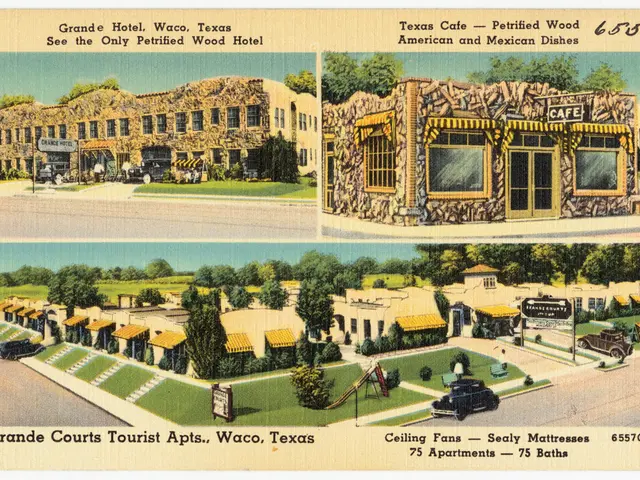As first, the Chinese printed it - How gold and coins shaped the fascinating history of money
The history of money stretches back thousands of years, long before coins or banknotes existed. Early societies relied on precious metals like gold, silver, and copper to trade for goods and services. A major turning point came in the seventh century BCE, when the first coins appeared in Anatolia under King Gyges of Lydia.
For nearly 2,000 years before coins, people weighed and exchanged chunks of metal for large transactions. Gold, in particular, became the foundation of monetary systems, holding its value for centuries. The first coins, likely used to pay mercenaries, made trade and warfare more efficient.
From metal chunks to digital tokens, money has constantly adapted to new needs. The shift from gold to paper, and now to cryptocurrencies, reflects changing economies and technologies. Whether digital currencies will fully replace traditional systems remains to be seen, but their rise marks another chapter in money’s long history.
Read also:
- India's Agriculture Minister Reviews Sector Progress Amid Heavy Rains, Crop Areas Up
- Over 1.7M in Baden-Württemberg at Poverty Risk, Emmendingen's Housing Crisis Urgent
- Life Expectancy Soars, But Youth Suicide and Substance Abuse Pose Concern
- Cyprus, Kuwait Strengthen Strategic Partnership with Upcoming Ministerial Meeting




